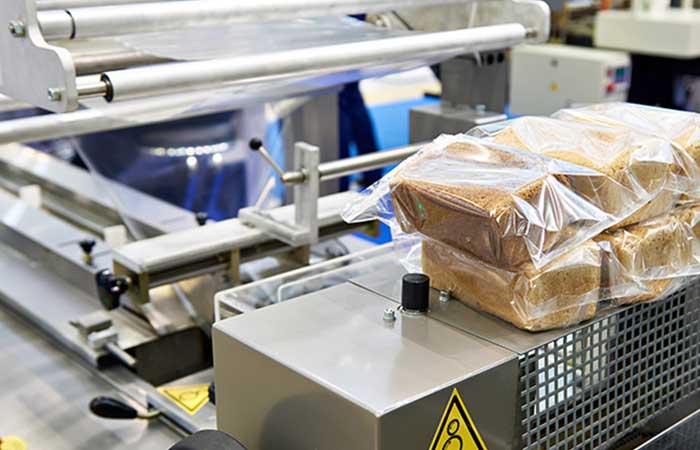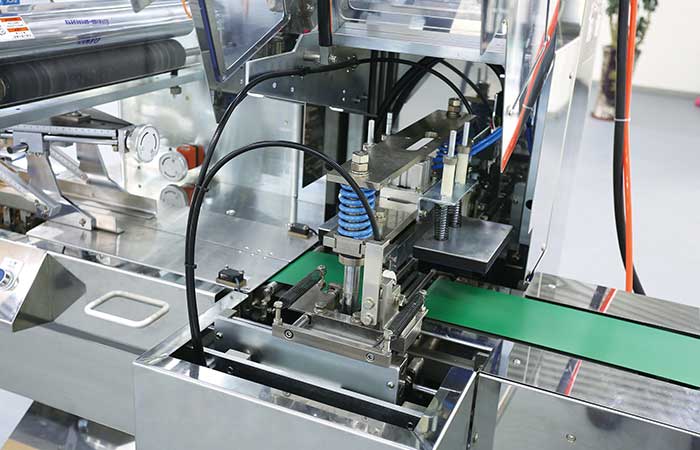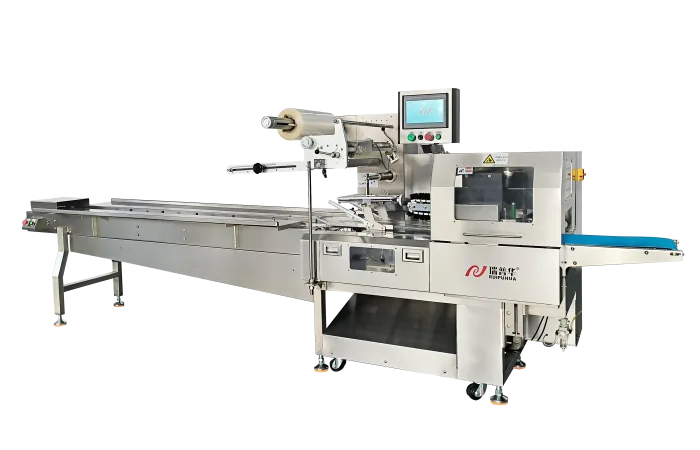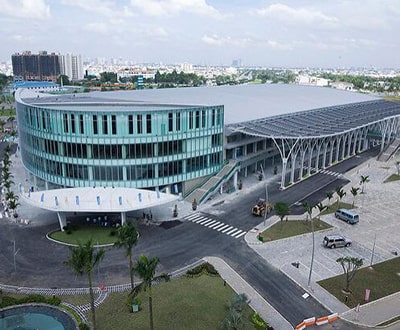Exploring the Power of 2nd Generation Lentiviral Packaging System
The Future of Gene Delivery: 2nd Generation Lentiviral Packaging Systems
In the world of gene therapy and molecular biology, lentiviral vectors have emerged as powerful tools for delivering genetic material into target cells. Second-generation lentiviral packaging systems represent a major advancement in this field, offering improved safety, efficiency, and versatility. In this blog post, we will delve into the intricacies of 2nd generation lentiviral packaging systems and explore their potential impact on gene therapy and research.
Understanding Lentiviral Vectors
Lentiviruses are a subgroup of retroviruses known for their ability to integrate their genetic material into the host cell genome. This unique feature makes lentiviral vectors ideal vehicles for delivering therapeutic genes into both dividing and non-dividing cells. Over the years, researchers have developed various generations of lentiviral packaging systems to enhance the performance and safety of these vectors.
Advantages of 2nd Generation Lentiviral Packaging Systems
Second-generation lentiviral packaging systems have several key advantages over their predecessors. These include:
- Improved Safety: 2nd generation systems incorporate modifications that reduce the risk of insertional mutagenesis, a concern associated with gene therapy using viral vectors.
- Enhanced Stability: The components of 2nd generation systems are designed to increase vector stability and maintain transduction efficiency over time.
- Higher Transduction Efficiency: Modifications in the packaging system lead to higher transduction rates and improved target cell specificity.
- Broader Tropism: Second-generation systems can be engineered to target specific cell types or tissues, broadening their application in various therapeutic contexts.
Applications of 2nd Generation Lentiviral Packaging Systems
The enhanced features of 2nd generation lentiviral packaging systems have opened up new possibilities in gene therapy, regenerative medicine, and basic research. These systems are being used in:
- Gene Editing: Delivering gene-editing tools, such as CRISPR-Cas9, to target cells for precise genome modifications.
- Stem Cell Therapy: Introducing therapeutic genes into stem cells to enhance their regenerative potential and differentiation capacity.
- Disease Modeling: Creating disease models by engineering cells with specific genetic mutations to study disease mechanisms and test potential therapies.
Future Directions and Opportunities
As researchers continue to refine and optimize 2nd generation lentiviral packaging systems, the future looks promising for applications in personalized medicine, cancer immunotherapy, and beyond. With ongoing advancements in gene delivery technology, the potential for targeted and efficient gene therapy interventions is steadily increasing.
Overall, 2nd generation lentiviral packaging systems represent a significant step forward in the field of gene therapy, offering improved safety, efficiency, and flexibility for a wide range of applications. The journey towards harnessing the full potential of these systems is ongoing, with exciting possibilities on the horizon.
-
 01
01Further Discussion About Protein Bar Packing Machinery
27-02-2024 -
 02
02Sustain The Best Crispy With Automatic Packaging Machines
29-01-2024 -
 03
03Bread Packing Machine For Bakery Business
19-01-2024 -
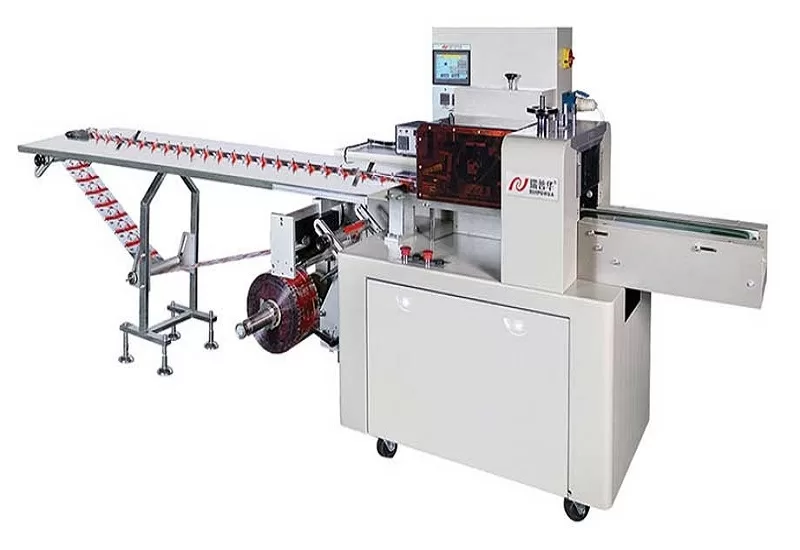 04
04How Flow Wrappers Are Adapting to Changing Trends
01-11-2023 -
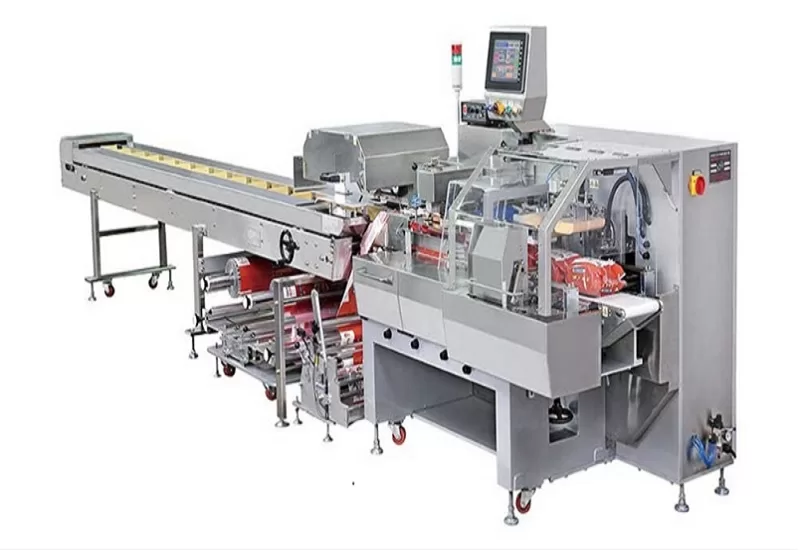 05
05The Comprehensive Guide to Packaging Machinery
31-10-2023 -
 06
06Automatic Cookie Packaging System Performance
01-09-2023 -
 07
07Streamlining Biscuit Packaging with Multipack Biscuit Packaging Machines
25-08-2023 -
 08
08From Assembly To Shipping: The Energy Bar Packaging Machine Does All
28-02-2023 -
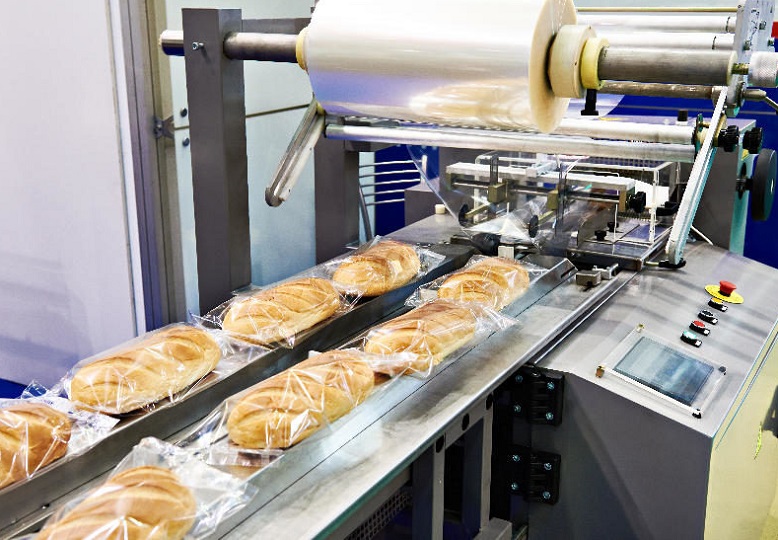 09
09Maximizing Efficiency With Food Packaging Machine Technology
22-02-2023 -
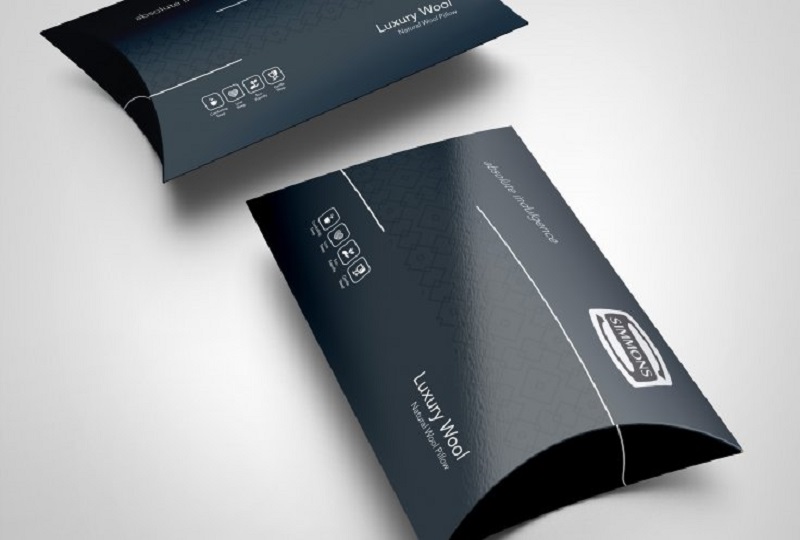 10
10Clients Hunt For Professional And Functional Packaging Machine
10-11-2022



